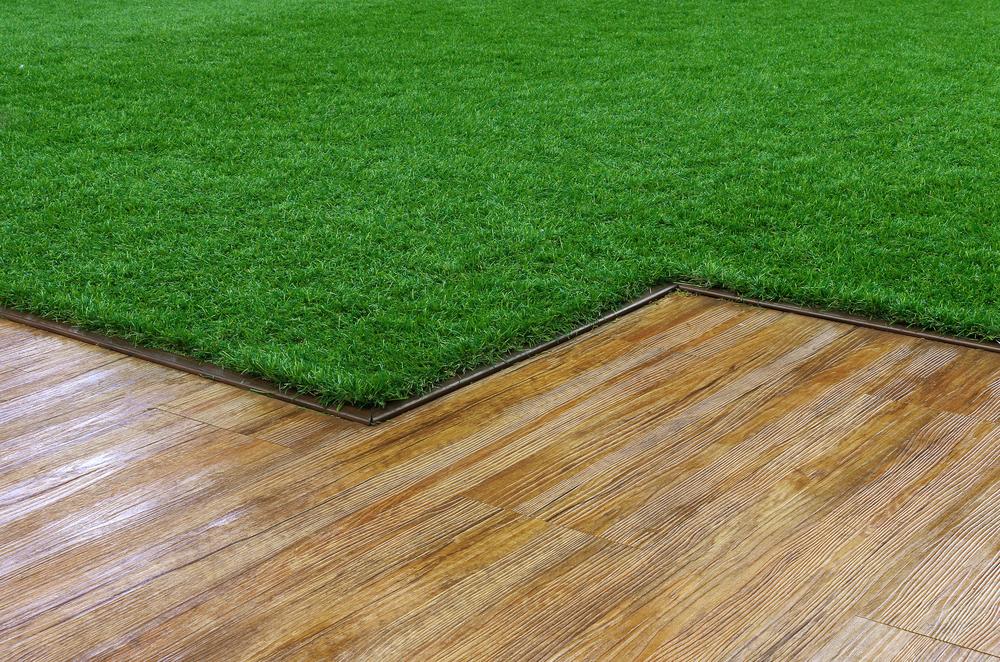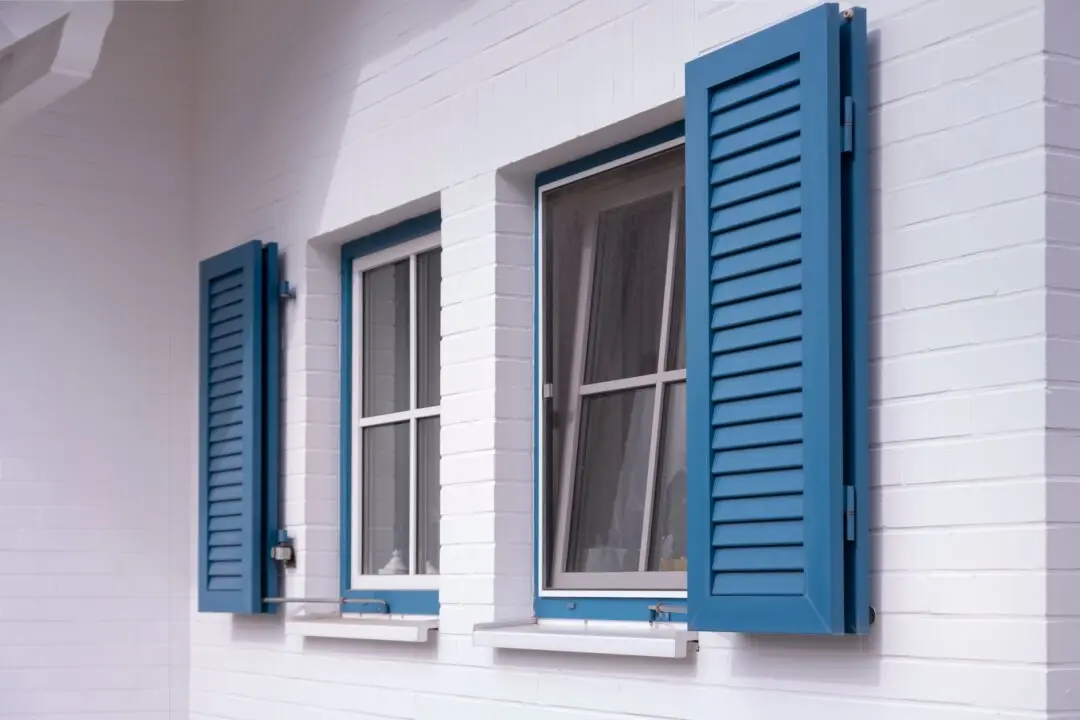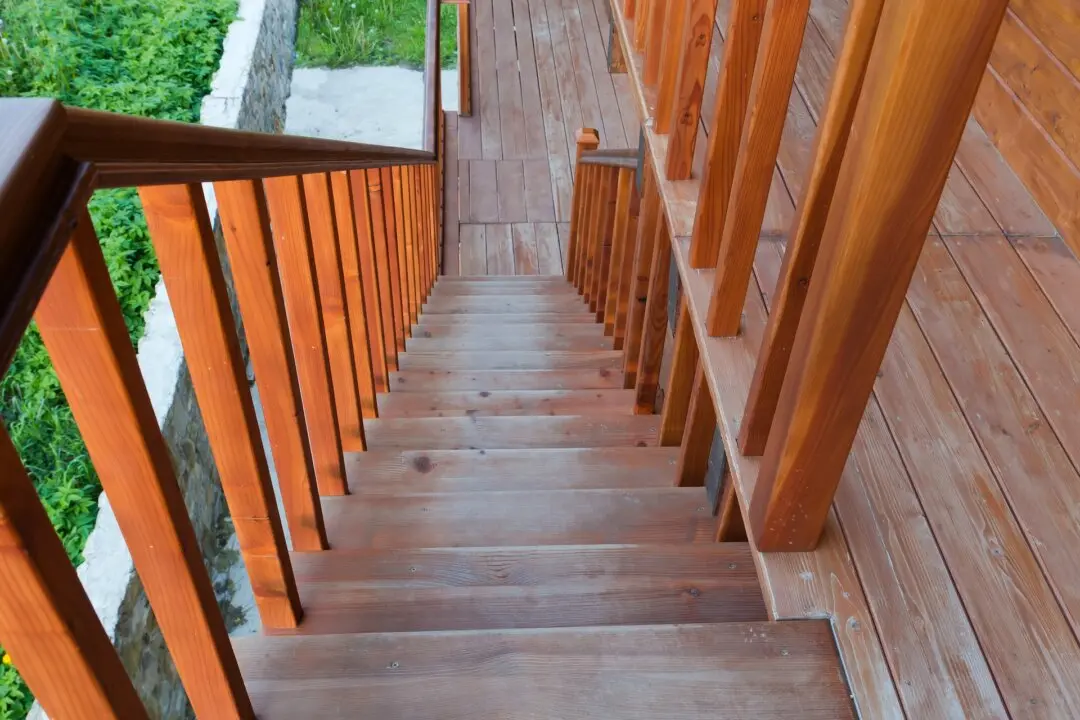Dear James: My old deck and patio have gotten worn and rough over the years. Instead of having expensive repairs done, are there comfortable, durable coverings I can put over them? —Cheryl T.
Dear Cheryl: Deteriorated deck and patio surfaces can be very uncomfortable to walk on, and they look bad. A rough wood surface can be dangerous because of splinters and exposed nailheads. Before covering the surface, inspect it carefully to be sure it is still structurally sound, because problems will be hidden under the covering.





